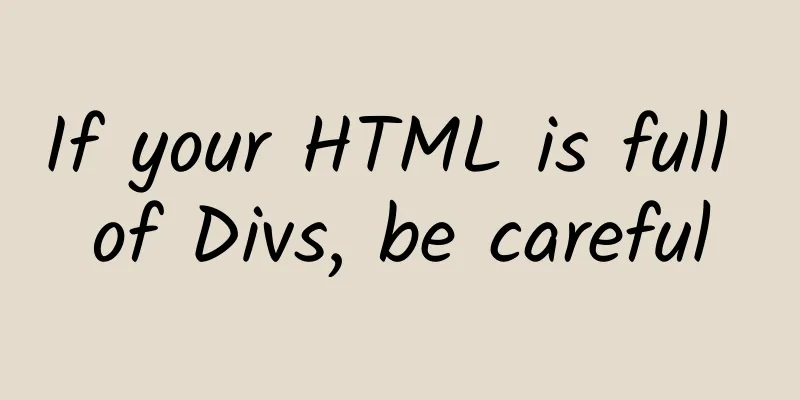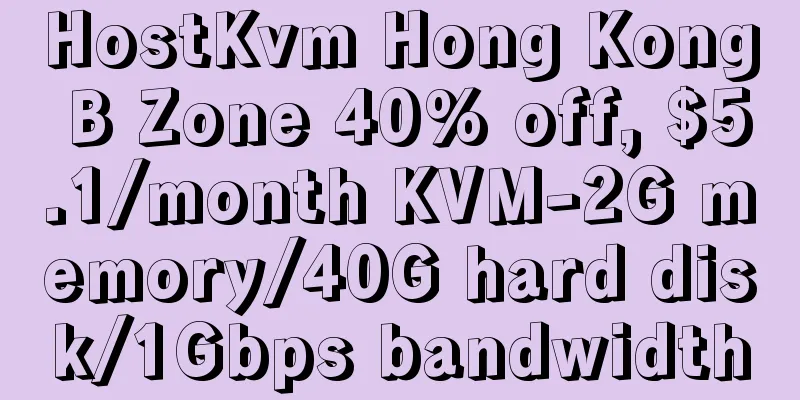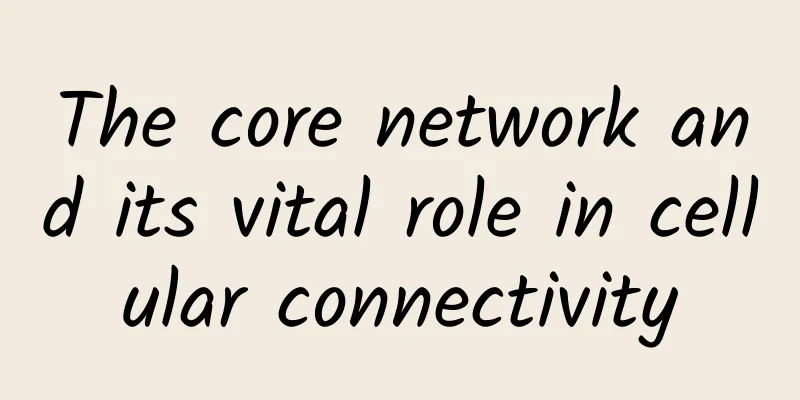What is the Internet backbone and how does it work?

|
Tier 1 Internet Service Providers (ISPs) connect their high-speed fiber optic networks together to form the backbone of the Internet, enabling efficient transmission of traffic between different geographic areas. The Internet generates a huge amount of computer-to-computer traffic, and ensuring that all that traffic can be transmitted between anywhere in the world requires a large number of aggregated high-speed networks, collectively known as the Internet backbone, but how does it work?
What is the Internet's backbone?Like any other network, the Internet is made up of access links that carry traffic to high-bandwidth routers, which in turn carry traffic from the source address to the destination address via the best available path. At its core is the Internet backbone, which is made up of interconnected, peer-to-peer high-speed fiber optic networks. Individual independent core networks are owned by tier-one Internet service providers (ISPs). Their networks are connected together. These providers include AT&T, CenturyLink, Cogent Communications, Deutsche Telekom, Global Telecom and Technology (GTT), NTT Communications, Sprint, Tata Communications, Telecom Italia Sparkle, Telia Carrier, and Verizon. By linking these long-haul networks together, the Tier 1 ISPs create a single global network where they have access to the entire routing table, so they can efficiently route traffic to its destination by incrementally adding local ISP networks. In addition to the physical connections, these backbone providers are united by a consistent network protocol TCP/IP, which is actually two protocols, the transmission control protocol and the internet protocol, that establish the connection between computers, ensure the connection is reliable, and format messages into packets. Internet exchange points (IXPs) connect backbone networks together Backbone ISPs connect their networks through high-speed switches and routers at peering points in neutral locations. These are usually provided by third parties (sometimes non-profit organizations) to facilitate the unification of the backbone. Participating Tier 1 ISPs help fund IXPs but do not charge other Tier 1 ISPs for traffic transit, a relationship known as settlement-free peering. This arrangement eliminates potential financial disputes that could degrade Internet performance. How fast is the backbone network?The internet backbone consists of the fastest routers that can deliver line speeds of 100Gbps. These routers, made by vendors including Cisco, Extreme, Huawei, Juniper, and Nokia, use the Border Gateway Protocol (BGP) to route traffic between each other. How does traffic enter the backbone network?Below the Tier 1 ISPs are the smaller Tier 2 and Tier 3 ISPs. Tier 3 ISPs provide Internet access to businesses and consumers. These providers do not have access to the Internet backbone themselves, so they cannot connect their customers to the billions of computers on the Internet themselves. Purchasing access to a Tier 1 ISP provider is very expensive. Typically a Tier 3 ISP contracts with a Tier 2 (regional) ISP that has its own network, using the Tier 2 ISP's network to deliver traffic to a limited geographic area, but not to all devices on the Internet. To do this, Tier 2 ISPs contract with Tier 1 ISPs to access the global backbone and in this way give their customers access to the entire Internet. This allows traffic from computers on one side of the world to connect to computers on the other side. Traffic flows from the source computer to a Tier 3 ISP, which is then routed to a Tier 2 ISP, which is then routed to a Tier 1 backbone provider, which is then routed to the correct Tier 2 ISP, and finally to the destination computer that is connected to the Tier 3 access provider that provides that data. |
>>: Ethernet Technology Alliance announces completion of 800Gb Ethernet specification
Recommend
[6.18] 80VPS regular VPS 50% off, special VPS annual payment starting from 199 yuan, multiple data centers in the United States/Hong Kong/Japan/Korea, etc.
80VPS has released a permanent 50% discount code ...
China 6G: The next technological frontier!
China is promoting the application of informatiza...
In the new era of medical IoT, Aruba builds the foundation of smart hospital network with three strategies
After making an appointment on the mobile phone A...
From I/O multiplexing to Netty, we also need to cross the Java NIO package
[[389262]] In the previous article, we took a dee...
China has 1.011 billion Internet users. After 27 years of Internet development, it has become a place for wealth creation.
27 years ago, anyone who mentioned the word "...
Ruishu Information AI team won the A-level championship in cybersecurity at the "3rd China Artificial Intelligence Competition"
Recently, at the "3rd China Artificial Intel...
Wi-Fi 6 will be widely popular this year, and Wi-Fi 7 will be released next year: the speed can reach 40Gbps
Wi-Fi wireless network has become an indispensabl...
Effective Ways to Protect SIP Connections
Session Initiation Protocol (SIP) is the underlyi...
Adhere to innovation and sink into the scene Ruijie takes action to keep up with the education informatization 2.0
The three-day 74th China Educational Equipment Ex...
Three Phases of Monitoring on the Path to Observability
It’s now widely accepted that monitoring is only ...
Highlights | Speech content of the 39th GTI seminar (1/2)
On February 24-25, the 39th GTI seminar was held ...
5G paves the way for new IoT projects
Since its major launch two years ago, 5G has cont...
The real year of 5G: What it means for cloud technology
We are now in the third year of “The Year of 5G.”...
What is EVPN switching technology?
In an evolving network landscape, the need for fa...
Are you a left-brained or right-brained person? (Test included)
【51CTO.com Quick Translation】 The success of a co...









![[Mid-Autumn Festival/National Day] CUBECLOUD: 30% off for Lite series/15% off for Pro series, available in CN2 GIA Hong Kong/CN2 GIA Los Angeles](/upload/images/67cabd66b8264.webp)